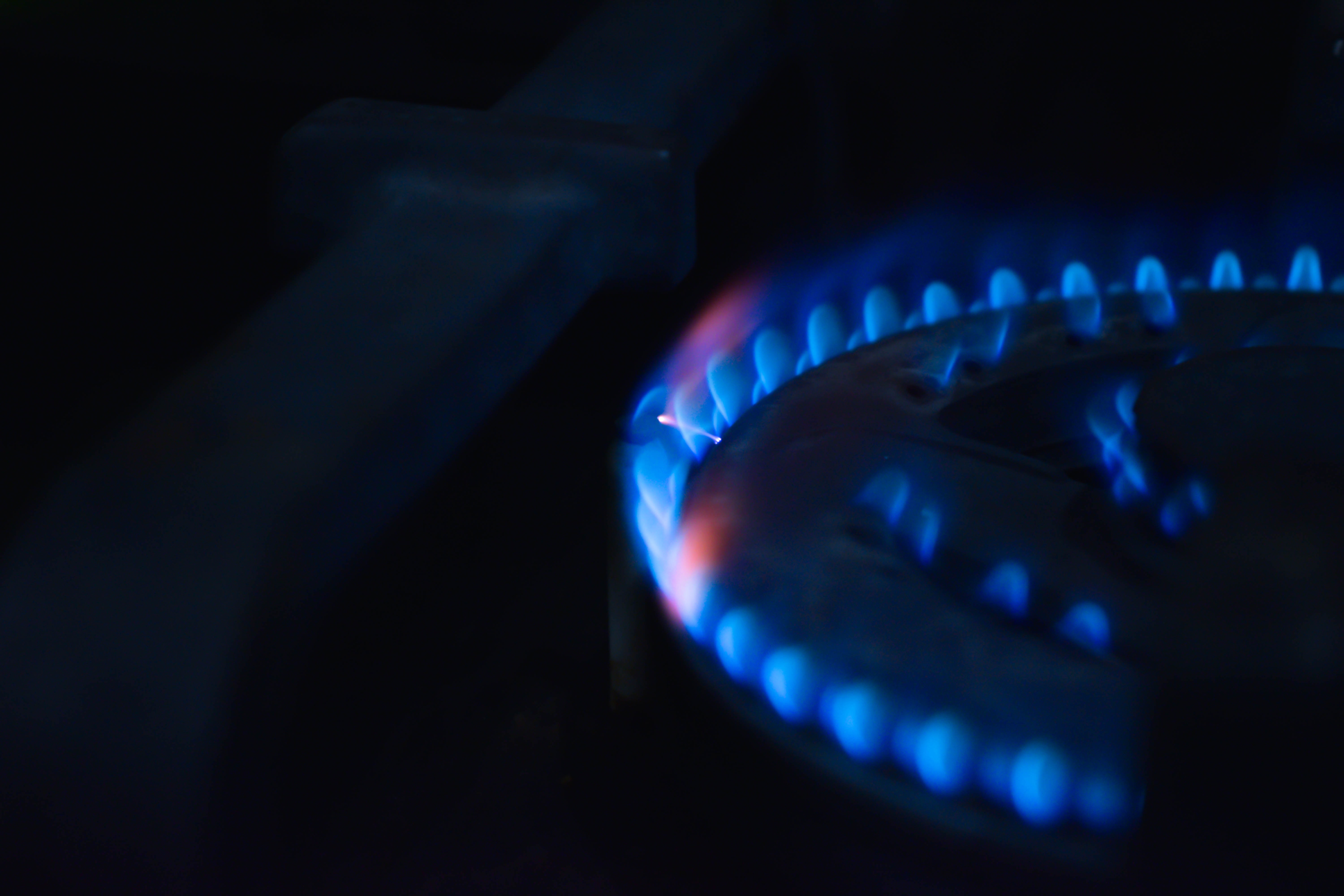
Heating Your Home Without Gas: What Are Your Alternatives?

10% off on our Bioethanol Fireplaces. Subscribe Today!
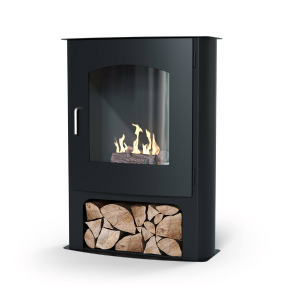
Are you watching your smart meter rise like the tension in a horror movie? Are you wondering: how do you heat a room without gas? Because mains gas has rapidly become one of the most costly ways to heat your home.
And while the cost per kWh for electricity is currently much higher than a kWh of gas, is your current gas central heating ploughing through the kWh? Are you racking up an eye-watering bill at the end of the month?
But there’s no need to wrap up in every blanket in the house: consider the heating alternatives that put you back in the driving seat of your finances. Thankfully, there are ways of heating your home without gas. And that’s what this article is all about!

How to heat your home without gas?
Modern gas boilers are more energy efficient than older models. Even so, even the most efficient boilers aren't earning their keep right now, and not everyone can afford to upgrade their boiler every ten years.
So, while you’ll save money in the long run, shelling out for a new gas boiler might not be possible.
So, let’s consider the costs of heating your home with other fuels, including electricity.
Heating your home with electricity
Now, don’t panic. We all know that electrical heating is expensive.
But, of course, every home is different, and many variables affect the price we pay for our energy.
For example, you should take into account:
- The number of rooms you’re heating — do you need to heat every room in the house (even those you’re not using)?
- The efficiency standards of your home’s insulation
- The type of electric heating system you choose
- When you run your heating
And while you don't want to leave unused rooms frosty and prone to dampness, you can run your existing heating on low in empty spaces if you have thermostatic radiator dials.
So, if you’re heating individual rooms, an electric heater could be a good solution.
Are fan heaters cheap to run?

Perhaps the most common electric heating systems are space heaters - ranging from ceramic fan heaters and oil-filled radiators to ground- or air-sourced heat pumps.
In general, fan heaters are very expensive to run, and while they heat a room effectively by distributing warm air, they're particularly power-hungry.
For example, a typical 2kW fan heater would cost 68p per hour to run (at the current rate of 34.0p per kWh (Jan 2023)), or £2.72 for 8 hours (or £7.68 for 24 hours).
A couple of years ago, that would have been considered extortionate — right now, it seems fairly reasonable. But it’s still not by any means cheap.
Fan heaters with thermostats
Remember: most fan heaters are thermostatically controlled, which means the heater switches off once the room has reached the desired temperature, kicking back in when the warmth has dropped.
So, in reality, a 2kW space heater will generally cost you less than 68p per hour unless it's icy outside.
How to calculate the running costs of an electric heater

Working out the running costs of an electric heater is much easier to calculate than gas, helping you control your spending.
First, find out your current energy costs per kWh — check with your supplier or a bill to find out which rates apply to your bills.
Currently, electricity rates are around 34p per kWh and 9.8p per kWh for gas, so substitute your own rates according to your bill plan.
If you're running a 1kW heater, it will use 1kW of power in an hour (which would cost you 34p at the current rate). Therefore, a 3kW heater uses 3kW of energy per hour, so multiply your kWh by 3 for your hourly rate (i.e., 0.34p x 3 = £1.02 per hour).
In other words, the higher the kilowattage of your heater, the more power it uses (but the more heat it kicks out).
So, with this in mind, if you need to rely on electricity to heat your home, go for heaters with lower energy consumption, including:
- Halogen heaters
- Far infrared radiators
- Air/ground-source heat pumps
Halogen heaters
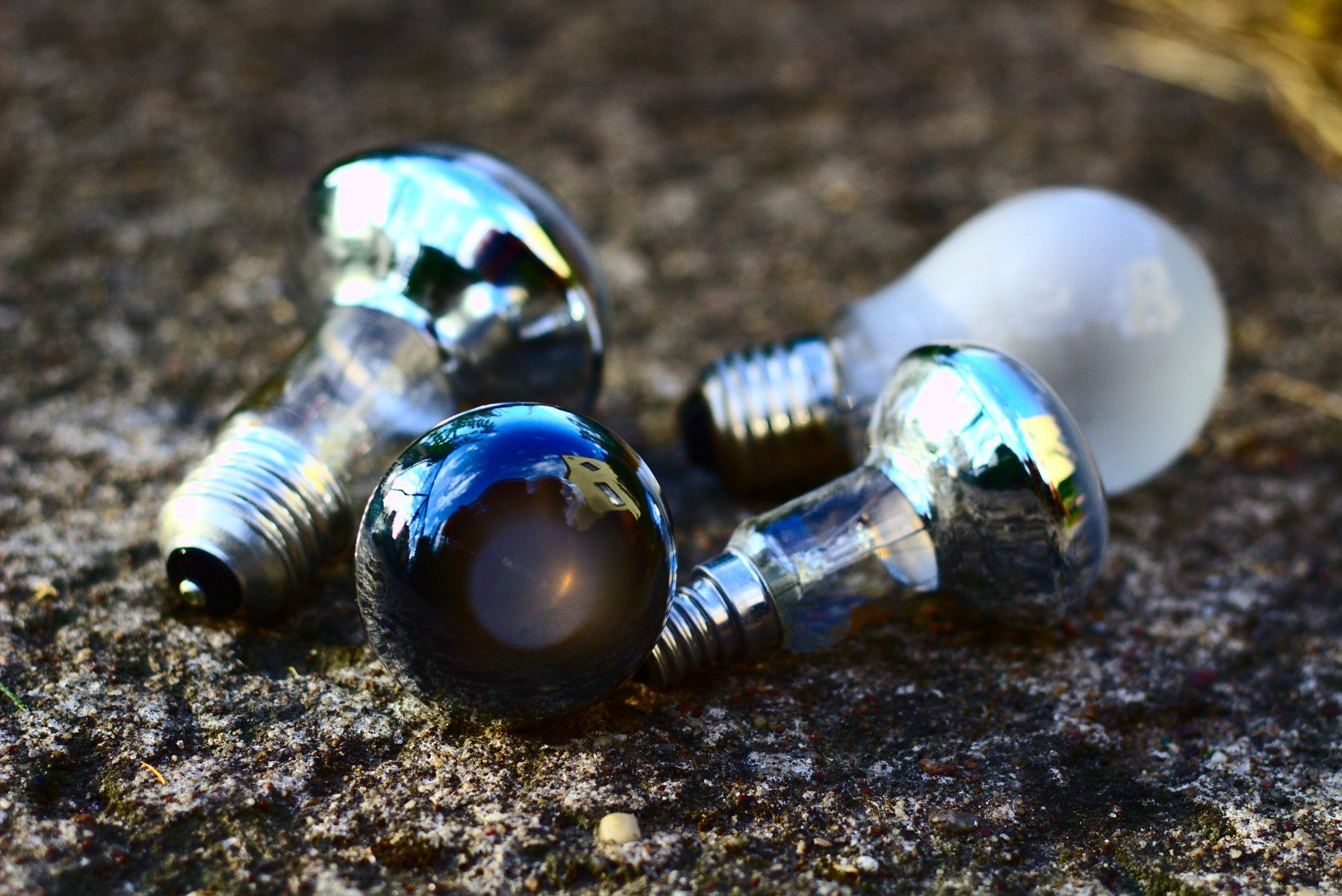
Halogen heaters emit heat via infrared light from halogen lamps. But don’t panic: infrared light is safe — it’s UV light that we need to avoid.
Most halogen heaters use a lower wattage than other electric heaters, and they also help illuminate the room (although the light is often red/orange in colour).
Most halogen heaters have several heat settings, identified through their wattage:
- Low heat may use 400W
- Medium 800W
- High 1200W
This makes it easier to maintain control over your energy use. So, halogen heaters are often considered both highly efficient and cheaper to run than fan heaters.
Far-infrared heaters
To the untrained eye, you could easily miss a far-infrared heater in a room. Resembling the type of whiteboard you might see in an office, these super-thin, easily installed heating panels emit far-infrared light, which is invisible to the eye.
Far-infrared light heats surfaces rather than the air, so this technology is useful for a draughty room. Think about when you sit in direct sun — it's hotter than when you sit in the shade. Well, far infrared is the harmless light that heats your skin when you're in direct sunlight.
This relatively new heating technology uses much lower wattage than traditional electric radiators (typically, half the power).
Air/Ground-sourced heat pumps
The newest heating innovation available right now is the air/ground-sourced heat pump, which takes heat from the outside air or ground and uses electricity to transfer that heat energy to a pressurised liquid that pushes hot air into your rooms or hot water around your heating network.
So, while it still relies on electricity, the power consumption is considerably lower, making heat pumps one of the most economical and greenest ways to heat your home you can get.
Non-electric heating without gas
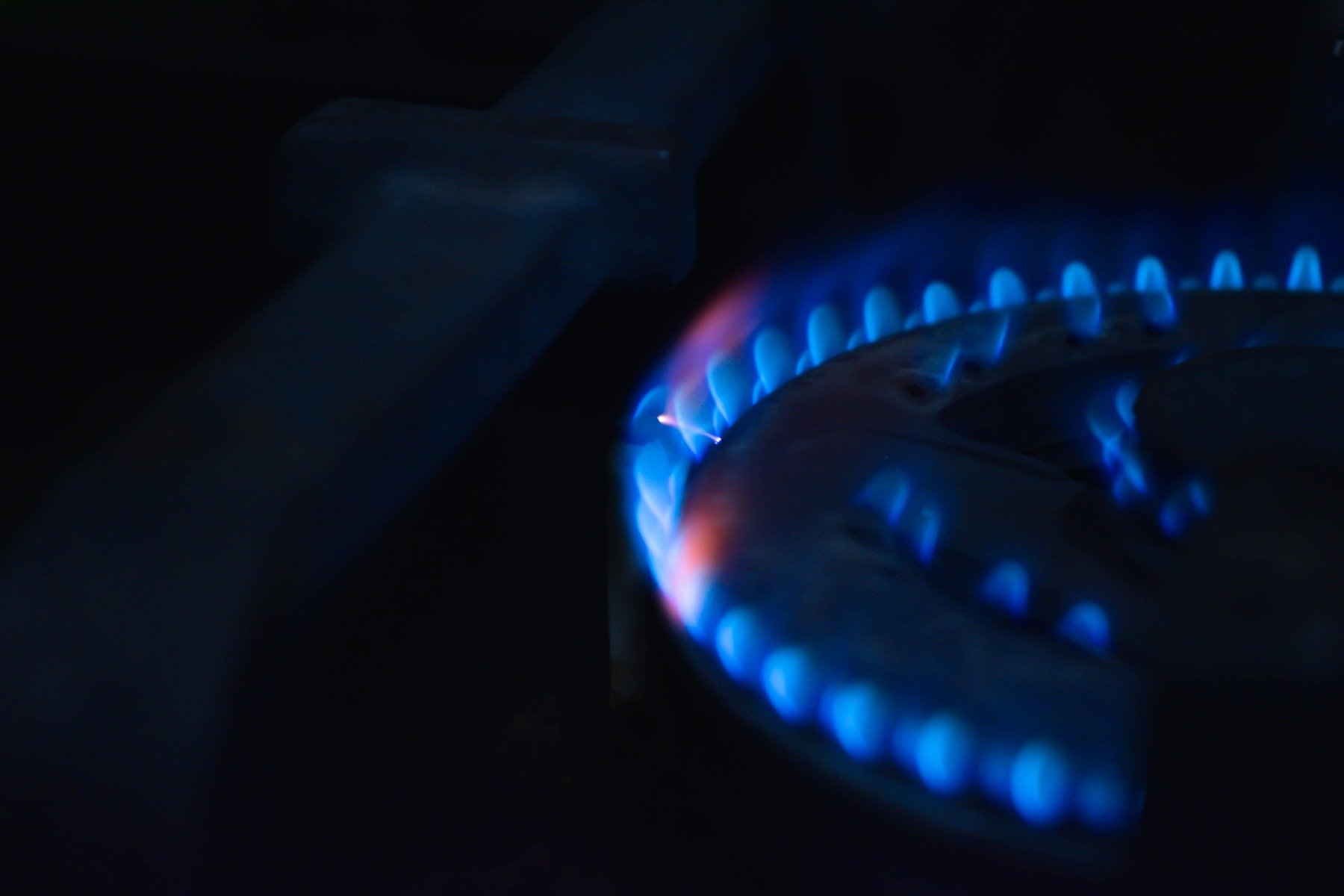
Homes without access to mains gas generally use oil or LPG (Liquid Petroleum Gas) as a heat source. However, the price of oil is pretty volatile and has increased as much as electricity and gas over the past couple of years.
LPG releases less carbon than oil, but both methods are considered fairly un-green.
Wood and coal fires
While energy costs are skyrocketing, many of us are returning to more traditional forms of heating, and there’s nothing more reassuring and comforting than a real fire.
However, burning wood and coal releases harmful chemicals, smoke, soot, and ash into the air, negatively affecting air quality, especially in towns and cities.
Of course, you should be burning smokeless fuel certified Ready To Burn, which means that it has less than 30% moisture and releases fewer harmful particles into the air. However, burning wood releases carbon dioxide back into the atmosphere, so it's not the perfect way to protect the environment.
Greener alternatives for heating your home without gas
There are several environmentally-friendly ways to heat your home without gas, including:
- Bioethanol
- Candle heating
Heating your home with bioethanol
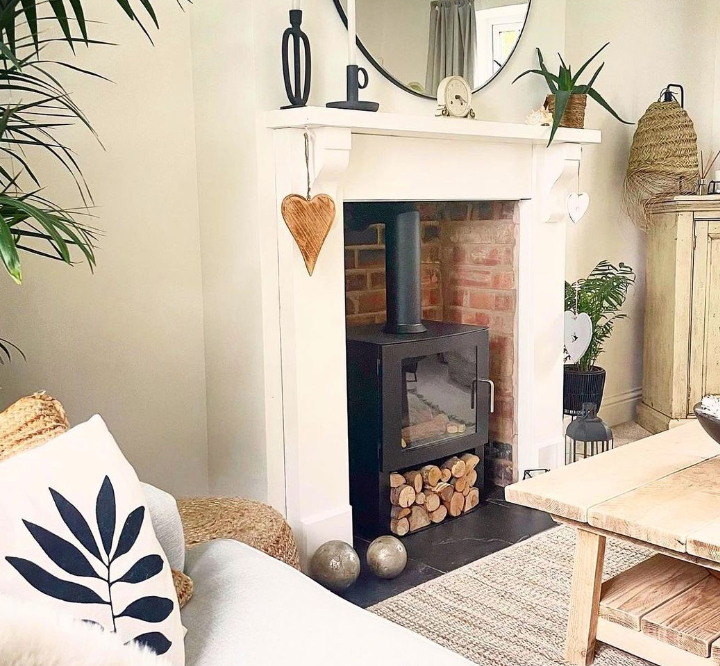
Bioethanol fuel is a highly efficient, clean-burning, and carbon-neutral energy source and is the greener way to enjoy a real fire in your home. Made from ingredients of plant and natural origins, bioethanol could be th perfect solution for anyone without a chimney or flue because there's no smoke, mess, soot, or ash after burning bioethanol.
If you prefer a traditional look, go for a wood-burner style bioethanol fireplace or bioethanol suite. Or, if you like something more modern, consider a wall-mounted or free-standing model.
The cost of bioethanol has risen a little over the past year, but nothing like the massive jumps in electricity and gas, making bioethanol a more future-proof fuel type.
Bioethanol provides a cosy warmth, which is plenty to warm up your living room, conservatory, or kitchen.
Candle heating
One of the cheapest ways to heat your home is with a candle or a custom-built heater running on cooking oil. Don’t worry — your home won’t smell like chips!
Check out how do build an oil-powered heater, which demonstrates how to build your own sunflower oil heater.
But while this candle-based heater idea could help keep your heating bills low, always put safety first with unprotected naked flames. If in doubt, you could consider a bioethanol fire basket, offering the perfect solution to tabletop room heating or making use of your unused fireplace.
How are you heating your home?
We hope we've shared some helpful information that could help you move away from gas heating to greener alternatives.
Remember: you don’t need a working chimney or flue for bioethanol fireplaces, which means that converting to bioethanol fuel is as simple as unpacking your new fireplace, filling it with fuel, and lighting it.
Enjoy real warmth and the beauty of a real flame with a stylish bioethanol fireplace.

If you have any questions or comments, get in touch. We’d love to hear from you.
Thanks for reading.


Leave A Reply
Your email address will not be published.